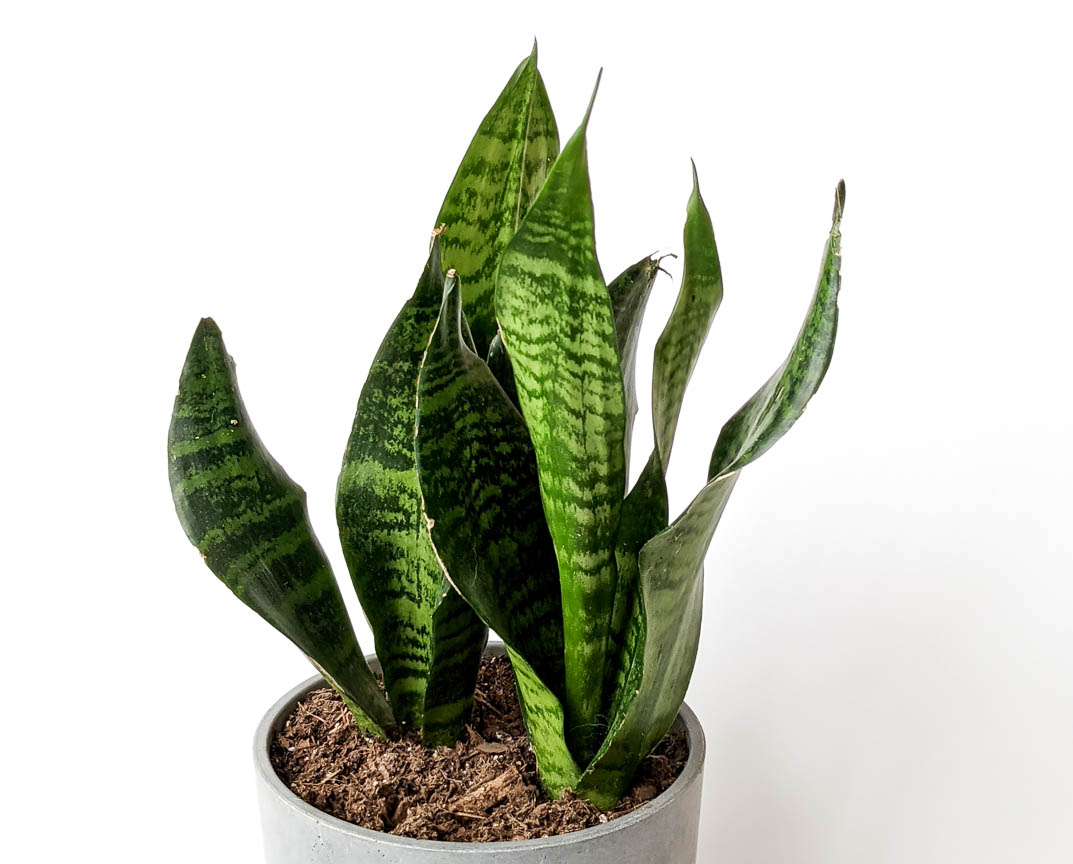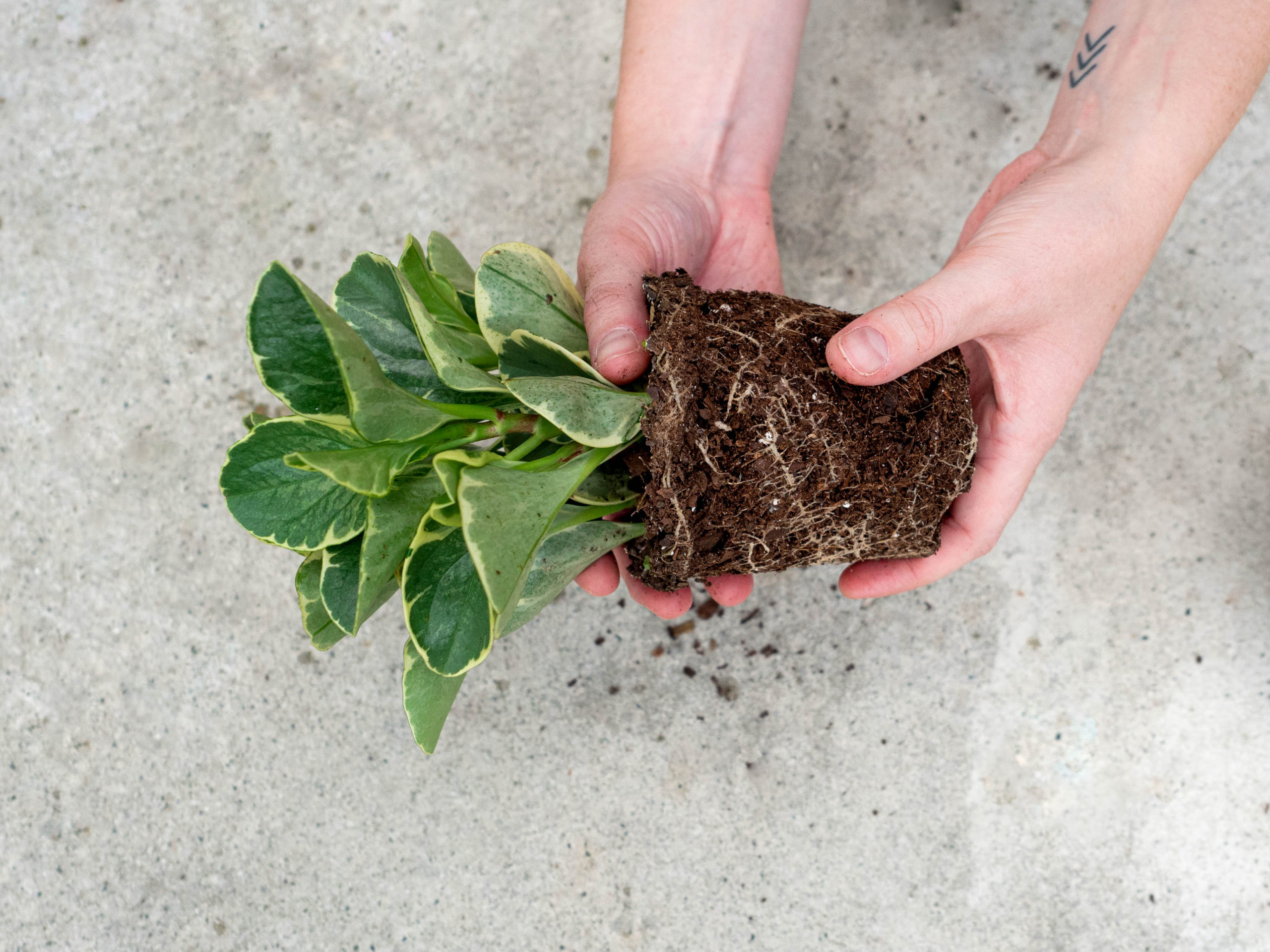Repotting indoor plants can be a tricky business. Even if you know the perfect time to repot or its benefits, it still is possible to make a few mistakes during the process. Mistakes that can lead to transplant shock—a condition that just as bad as it sounds. We all want our indoor plants to live long, healthy lives. So, it’s helpful to understand why transplant shock occurs before attempting to repot!
What is transplant shock?
Transplant shock means that your plant has undergone significant stress during the repotting process. This can affect your plant’s health, increasing the risk of it not fully recovering. Damaged plant or root systems can’t absorb the nutrients it needs to grow healthy and strong. Similarly, if their living situations change as well as their pot, this can cause distress as well.
How to reduce the risk of transplant shock
- Don’t trim the roots. A plant’s roots are how they absorb water. It’s not necessary to trim roots, especially if they’re growing out the drainage hole, unless they have root rot. Healthy roots are a pale yellow-white color, while rotted roots are black. Trimming damaged roots will actually improve your plant’s long-term health. When repotting, also try to avoid breaking or damaging healthy roots.
- Don’t choose the wrong pot size. It might be tempting to choose a much larger pot to avoid repotting your indoor plant in the future. But this can be a mistake. Most indoor plants prefer to fit snuggly in their pot. Too big of a pot, and your plant will expend more energy extending its roots than growing new leaves and stems. Similarly, don’t try to squeeze your plant’s roots into a same-sized container. Choose a pot that is a few inches greater in diameter than your plant.
- Don’t remove all of the soil. One of the main purposes of repotting plants is to give them fresh, nutrient-rich soil. But it isn’t necessary to remove all the soil from around the root ball beforehand. The key is to not disturb the fragile roots in the process. However, if your plant is infested with pests or is diseased, remove as much of the soil as possible and rinse roots before repotting.
- Don’t repot if the plant is dormant. Plants go through phases of dormancy (usually winter) and growth (usually spring and summer). Avoid repotting indoor plants during their dormant phase when they’re resting and strengthening their roots. Wait until your plant is actively growing and creating new leaves before repotting to ensure it remains healthy in its new environment.
- Don’t relocate your plant. Once you have successfully repotted your plant, keep it in the same location as it recovers. Plants are highly sensitive to changes in light and temperature. They’re also more sensitive to these changes directly after being repotting. If you find a better spot in your home to keep your plant, wait a week or two before moving.
Be sure to give your plants a little extra love after repotting. They’ll need a little time to recover, but will be thriving again in no time! Have any of your plants experienced transplant shock? Share your experiences in the comments!
XO,
Micah


